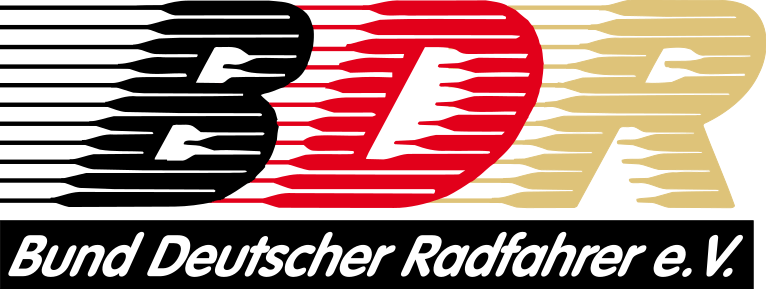Noncircular chainrings do not Influence maximum cycling power
(Unrunde Kettenblätter haben keinen Einfluss auf die maximale Kraftleistung im Radsport)
Noncircular chainrings could increase cycling power by prolonging the powerful leg extension/flexion phases, and curtailing the low-power transition phases. We compared maximal cycling power-pedaling rate relationships, and joint-specific kinematics and powers across 3 chainring eccentricities (CON=1.0; LOWecc=1.13; HIGHecc=1.24). Part I: Thirteen cyclists performed maximal inertial-load cycling under 3 chainring conditions. Maximum cycling power and optimal pedaling rate were determined. Part II: Ten cyclists performed maximal isokinetic cycling (120 rpm) under the same 3 chainring conditions. Pedal and joint-specific powers were determined using pedal forces and limb kinematics. Neither maximal cycling power nor optimal pedaling rate differed across chainring conditions (all p>.05). Peak ankle angular velocity for HIGHecc was less than CON (p<.05), while knee and hip angular velocities were unaffected. Self-selected ankle joint-center trajectory was more eccentric than HIGHecc with an opposite orientation that increased velocity during extension/flexion and reduced velocity during transitions. Joint-specific powers did not differ across chainring conditions, with a small increase in power absorbed during ankle dorsiflexion with HIGHecc. Multiple degrees of freedom in the leg, crank, and pedal system allowed cyclists to manipulate ankle angular velocity to maintain their preferred knee and hip actions, suggesting maximizing extension/flexion and minimizing transition phases may be counterproductive for maximal power.
© Copyright 2017 Journal of Applied Biomechanics. Human Kinetics. Alle Rechte vorbehalten.
| Schlagworte: | Biomechanik Ergometrie Konstruktion Maximalkraft Experiment Training Forschung Untersuchungsmethode Radsport |
|---|---|
| Notationen: | Biowissenschaften und Sportmedizin Sportstätten und Sportgeräte Ausdauersportarten |
| DOI: | 10.1123/jab.2017-0035 |
| Veröffentlicht in: | Journal of Applied Biomechanics |
| Veröffentlicht: |
2017
|
| Jahrgang: | 33 |
| Heft: | 6 |
| Seiten: | 410-418 |
| Dokumentenarten: | Artikel |
| Sprache: | Englisch |
| Level: | hoch |
